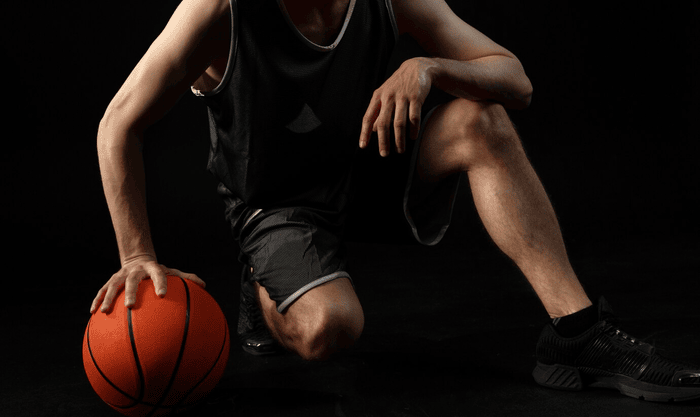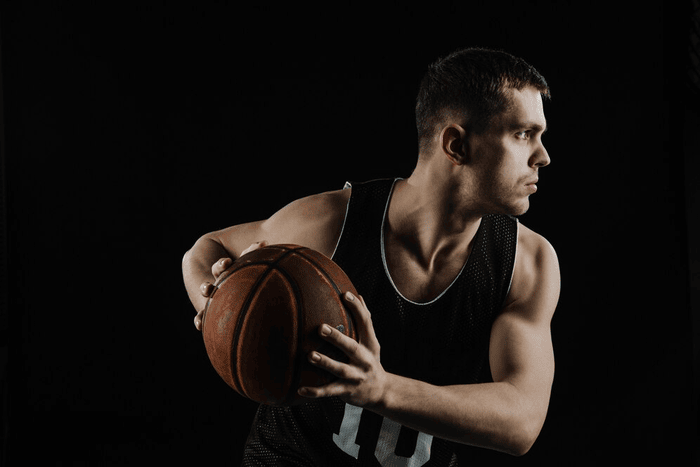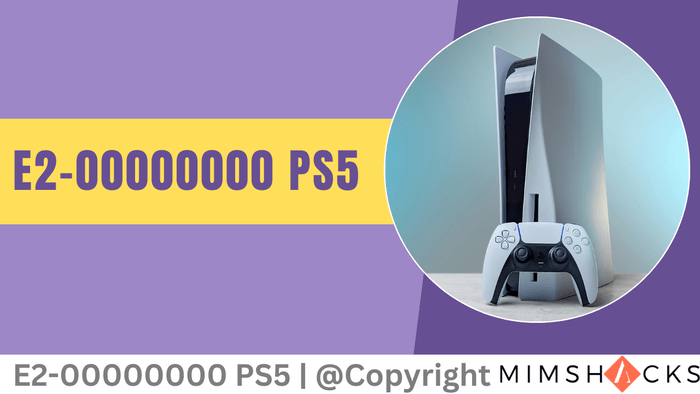How Basketball Players Train Their Endurance and Strength
Basketball requires non-stop activity. Players sprint, jump, and do their best to win rebounds while thinking one step ahead.
NBA stars train like machines and have workouts similar to cardio and strength training blended into one, so they will last long in agonizing matches. How do they do it? Let’s get into their workouts and break down the science behind them.

Cardiovascular Conditioning
Basketball is 48 minutes packed with intensity—constant motion, fast breaks, and defense sprints. Great cardiovascular conditioning is precisely why they do runs. Every run should be interval-like in the actual game during short bursts of speed— the 30-second sprints followed by a 10-second slow jog.
Like refining skills on the court, seizing opportunities like the Melbet bonus can make a difference in betting, offering extra chances to maximize rewards. If players train to stay competent constantly, bettors use innovative policies and promotions to gain an edge.
But conditioning is not limited to running. Court drills improve game skills while pushing endurance. These include full-court layup drills, defensive shuffles, and non-stop passing, all of which keep the heart rate high. Even scrimmages are built for endurance.
Sometimes, a coach instructs athletes to play through without time-outs, keeping high-stress conditioning in effect from the moment the ref whistles to start.
Strength Training Fundamentals
In basketball, a player does not just run; they need power. Some of the exercises that are important in building strength include:
- Deadlifts: Building base strength for jumping and contact.
- Squats: Beneficial for explosive movement and general lower body durability.
- Pull-ups: Strength building in the upper body for rebounding and defense.
Though lifting heavy weights is not enough, it includes various body-weight exercises, agility drills, and mobility work. Strength is not pure; it is controlled power in the arena. Therefore, every move in the gym translates into game-winning plays at the end of the day.
Combining Strength and Endurance
Basketball is not just about speed or power. And conditioning is not lifting heavy weights or running endlessly. They fitted everything into a seamless arrangement, training the body to explode with force while staying strong.
Just as athletes typically tweak every possible detail for optimal performance, bettors can get ahead by staying updated with news and offers on https://www.instagram.com/melbet.pakistan_official/. Every drill and session is full of pure anticipation for real-time sporting action.
Weight Training for Power
The size of your body does not determine your basketball strength capabilities. The functional weightlifting exercises, trap bar deadlifts, and medicine ball slams help players learn to produce quick strength for jumping to dunk or remain assertive near the basket.
Intensity matters as much as repetition. The goal of high-weight, low-rep sets should be to generate specific force rather than maintain endurance. Elite athletes combine their heavy training efforts with training focusing on establishing speed performance.
The explosive abilities of players improve through power cleans and resisted sprints, since these exercises help them convert their strength into dominant performance on the court.

High-Intensity Workouts
The basketball game demands violent sprinting, quick direction changes, and continuous effort. The full-intensity workout remains essential because of its importance. The players perform complete court sprint sets followed by sliding defense using resistance bands and shooting under fatigued conditions to achieve maximum performance.
These extremely challenging workouts develop both physical capabilities of the body and mental toughness in the same way. When players must shoot while tired and defend the court for 40 minutes, they prove their winning status. The athletes need high-intensity workouts to be prepared for critical game situations.
Agility and Speed Training
Speed serves a multi-faceted purpose in basketball, since running represents only one aspect. The ability to accelerate, decelerate, and turn while maintaining precise pivoting movements is included. The way training should happen will be defined by the most exact replication of actual game movements.
Moving swiftly and reacting immediately while beating your opponent tactically represents the direct training target.
To become an NBA athlete, one must focus on lateral movements and short-distance acceleration skills. Defensive shuffles, cone drills, and plyometric jumps are practical exercises to enhance quick stop-and-go movements without delay. Elite speed training allows athletes to extract absolute value from each movement while playing on the court.
Recovery and Nutrition
The human body experiences significant physical strain when playing basketball. Athletes who fail to recover adequately tend to decompose their energy too rapidly. Uninterrupted sleep, enough water, and proper nourishment stand indispensable for builders of top athletic capabilities.
Athletes should combine ice baths with massage treatment and stretching to minimize the risk of injuries. Muscles obtain the necessary fighting power for future battles through protein-rich foods and electrolyte beverages. The better the recovery, the longer the career.






